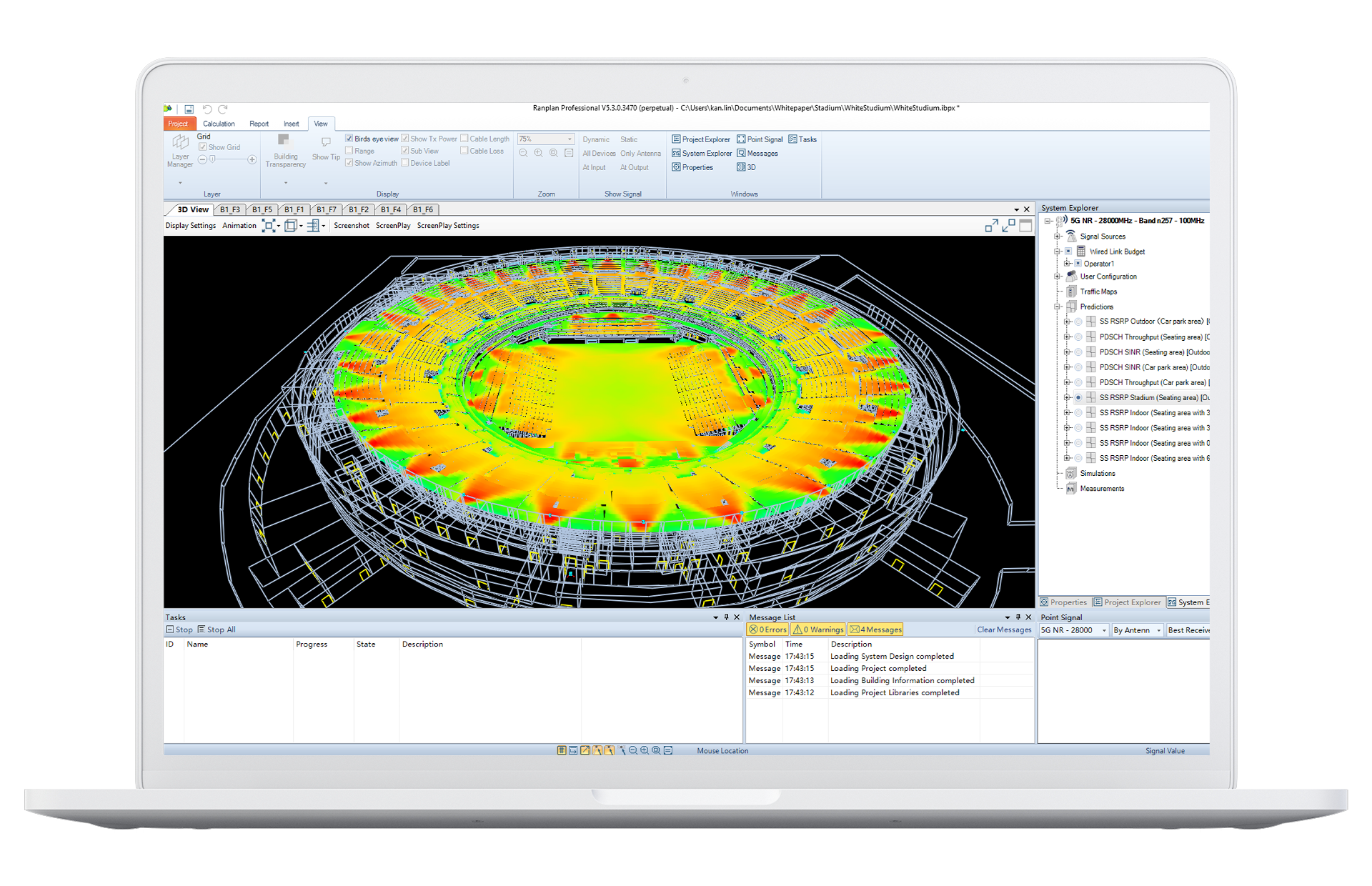In the heart of every bustling entertainment venue lies an invisible, yet vital, infrastructure that fuels the magic of the experience. The digital fabric of wireless connectivity, meticulously planned and strategically executed, transforms mere spaces into vibrant hubs of engagement and interaction.
Whether it's a concert hall, sports arena, theme park, or any space designed for leisure and amusement, providing reliable, high-speed internet access has transitioned from a luxury to an essential service. Planning a robust wireless network for such venues is now a critical aspect of their business plan and infrastructure design.

Understanding the Landscape
Entertainment venues are teeming with visitors looking to engage, share, and stay connected. The demand for connectivity is multifaceted, ranging from social media updates and photo sharing to mobile ticketing, streaming live events, and even immersive experiences through augmented reality applications.
To meet these diverse needs, network planners must consider various factors:
- Audience Density and Behaviour
Large crowds attending events simultaneously can strain networks. Understanding audience behaviour, their usage patterns, and the type of content they engage with helps anticipate network demands.
- Venue Size and Layout
The physical structure of the venue plays a crucial role in wireless propagation. Factors such as building materials, structural impediments, and other networks can impact signal quality and coverage.
- Bandwidth Requirements
Entertainment venues must allocate sufficient bandwidth to accommodate high-data applications like live streaming, gaming, and virtual reality experiences without compromising speed or quality
 Steps in Network Planning
Steps in Network Planning
Designing a wireless network for an entertainment venue involves a strategic approach:
- Site Survey and Analysis
Conducting a comprehensive site survey is the foundational step in understanding the venue's layout. Identifying dead zones, interference sources, and strategically placing access points ensure comprehensive coverage. This data-driven approach optimises network design for seamless connectivity.
- Digital Replication: Creating a 3D Model
Leveraging advanced network planning software to construct a detailed 3D model of the venue provides a digital twin for running simulations of the network performance. This virtual replica enables precise planning and assessment before any physical deployment, ensuring accuracy and efficiency.
- Technology Selection and Validation
Careful consideration in choosing wireless technology, such as Wi-Fi 6 or 5G, involves aligning it with the venue's unique requirements. Beyond technology comparison, each vendor can be evaluated by utilising modelled devices in network simulations to aid the selection process for optimal performance against KPIs.
- Network Optimisation with Automation
In the complexity of large venue networks, automated optimization modules excel as humans can’t assess thousands, if not millions of variables. Utilizing optimization modules enables rapid evaluation of numerous network configurations, placements and variables, providing optimized solutions at a pace unattainable by manual methods.
- Scalability and Future-Proofing
Designing a network with adaptability in mind ensures it can evolve alongside advancing technology. A flexible, open infrastructure enables seamless integration of future upgrades, utilising the 3D network blueprint as a foundation for ongoing enhancements.
- Redundancy and Reliability
Integrating backup systems and redundancies within the network design minimizes the risk of downtime. By simulating redundant power supplies to failover mechanisms, these tested measures uphold uninterrupted connectivity, essential for maintaining a seamless experience. This is particularly important in the event of an emergency.
- Security Measures
Prioritising robust security protocols is paramount to shield against potential cyber threats and safeguard sensitive data transmitted across the network. Ensuring data integrity and visitor privacy is fundamental.
- Project Management
Accurate documentation and comprehensive network plans significantly aid in the deployment process. They facilitate project management, mitigate potential errors, and ensure compliance with local regulations, ensuring a smooth and efficient implementation.
Experience the Power of Ranplan Professional
Witness the capabilities of Ranplan Professional in driving the design phase of your Large Venue network.
Benefits of a Well-Planned Network
A meticulously planned wireless network yields numerous benefits:
- Enhanced Visitor Experience: Visitors enjoy uninterrupted connectivity, facilitating engagement and shared experiences.
- Increased Revenue Streams: Seamless connectivity encourages visitors to stay longer, explore more, and potentially spend more within the venue.
- Operational Efficiency: Efficient wireless networks aid in venue operations, from ticketing and concessions to security and staff communications.
- Data Insights: Collected network data provides insights into visitor behaviour, enabling informed decisions for future enhancements.

Conclusion
Entertainment venues are evolving ecosystems where technology intersects with live experiences. Planning a robust wireless network is a cornerstone in delivering memorable, connected experiences to visitors. Embracing this technological evolution not only meets the current demands but also lays the groundwork for future innovations, ensuring these venues remain at the forefront of connectivity and engagement.
